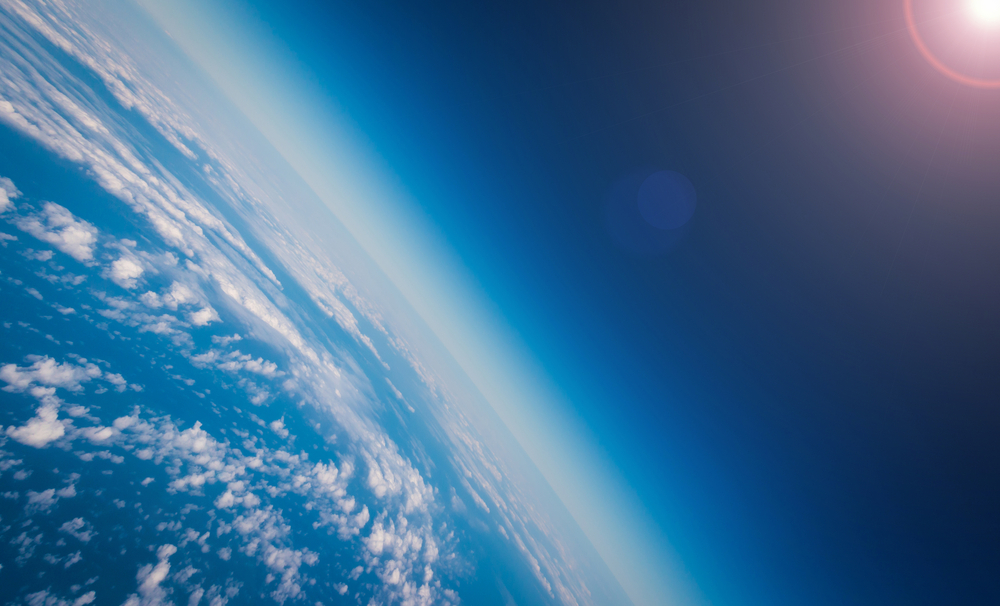
Amid a deluge of frankly disturbing and depressing climate-related news, it’s a welcome relief to be able to report a environment-related success story, but that’s what we have for you here, with scientists saying in the last few days that the hole in the ozone layer is getting smaller. According to the journal Science, the hole, which has been causing concern for 30 years, is now showing significant signs of healing, and it’s all thanks to collective action taken by humankind to address the pollutants that were creating the problem.
The ozone layer is a thin part of Earth’s stratosphere that protects us from deadly ultraviolet radiation emitted by the sun. Ozone exists only in tiny quantities (if all of it was compressed to ground-level pressures, the entire layer would only be 3mm thick), but without it, life as we know it would not be possible on Earth—there would be no animals or plants at all.
It was a major concern then, when scientists discovered that chemicals called chlorofluorocarbons (CFCs)—which, until recently, were common in fridges, aerosol spray cans, foams and other popular commodities—were punching a great big hole in this fragile ozone layer. This problem was highlighted as far back as 1974 (ultimately earning the international team involved the Nobel Prize for Chemistry), but the world only started to seriously worry about it in 1985, when a massive seasonal ozone ‘hole’ began appearing over Antarctica. Here, between 10 and 25 kilometres above the ground, atmospheric conditions make the chlorine particularly destructive for the ozone.

Shocked into action, politicians from around the world pulled together and reacted in a rare display of unity. An international treaty called The Montreal Protocol on Substances that Deplete the Ozone Layer was passed in 1987, and came into effect at the beginning of 1989, phasing out the production of ozone-depleting substances. In 1991, the Multilateral Fund for the Implementation of the Montreal Protocol was created, to help developing nations to meet their commitments.
And now, nearly three decades later, the results are now becoming evident. Scientists from the Massachusetts Institute of Technology (MIT) have just confirmed that the hole in the ozone layer above Antarctica has shrunk by around 4 million square kilometres since the worldwide boycott of CFCs was introduced, and experts estimate that it could be completely and permanently closed by 2050, provided the international community keeps up its vigilance.
The news is particularly relieving, coming just a year after the hole reached its largest ever extent, a result that shocked experts until they realised the temporary spike had been caused by an erupting volcano spewing out clouds of sulfur dioxide, which also destroys the ozone.
‘If you use the medical analogy, first the patient was getting worse and worse, and then the patient is stabilized, and now, the really encouraging thing, is that the patient is really starting to get better,’ commented MIT atmospheric scientist Susan Solomon, former co-chair of the United Nations’ Intergovernmental Panel on Climate Change and lead author of the study.
‘This is a reminder that when the world gets together, we really can solve environmental problems,’ Solomon continued. ‘I think we should all congratulate ourselves on a job well done.’
